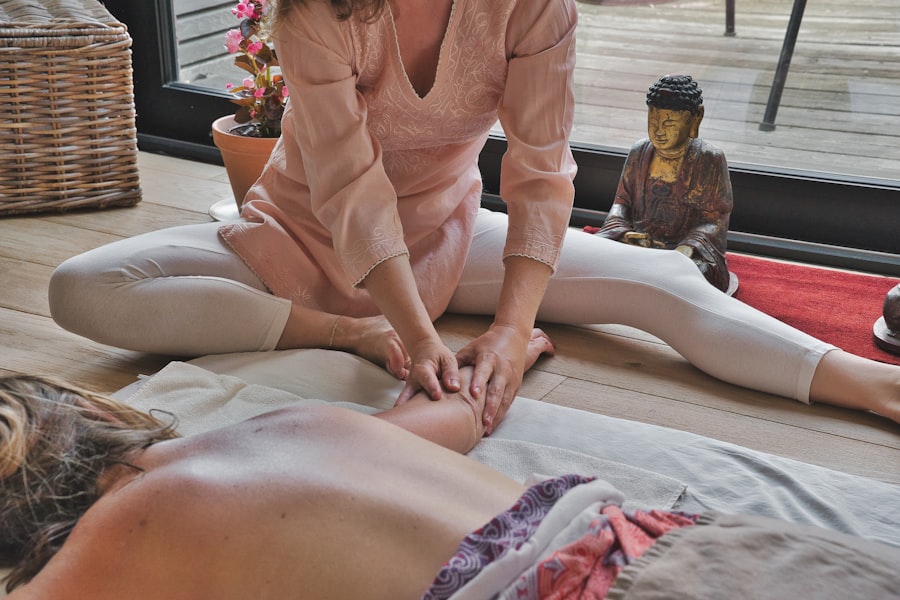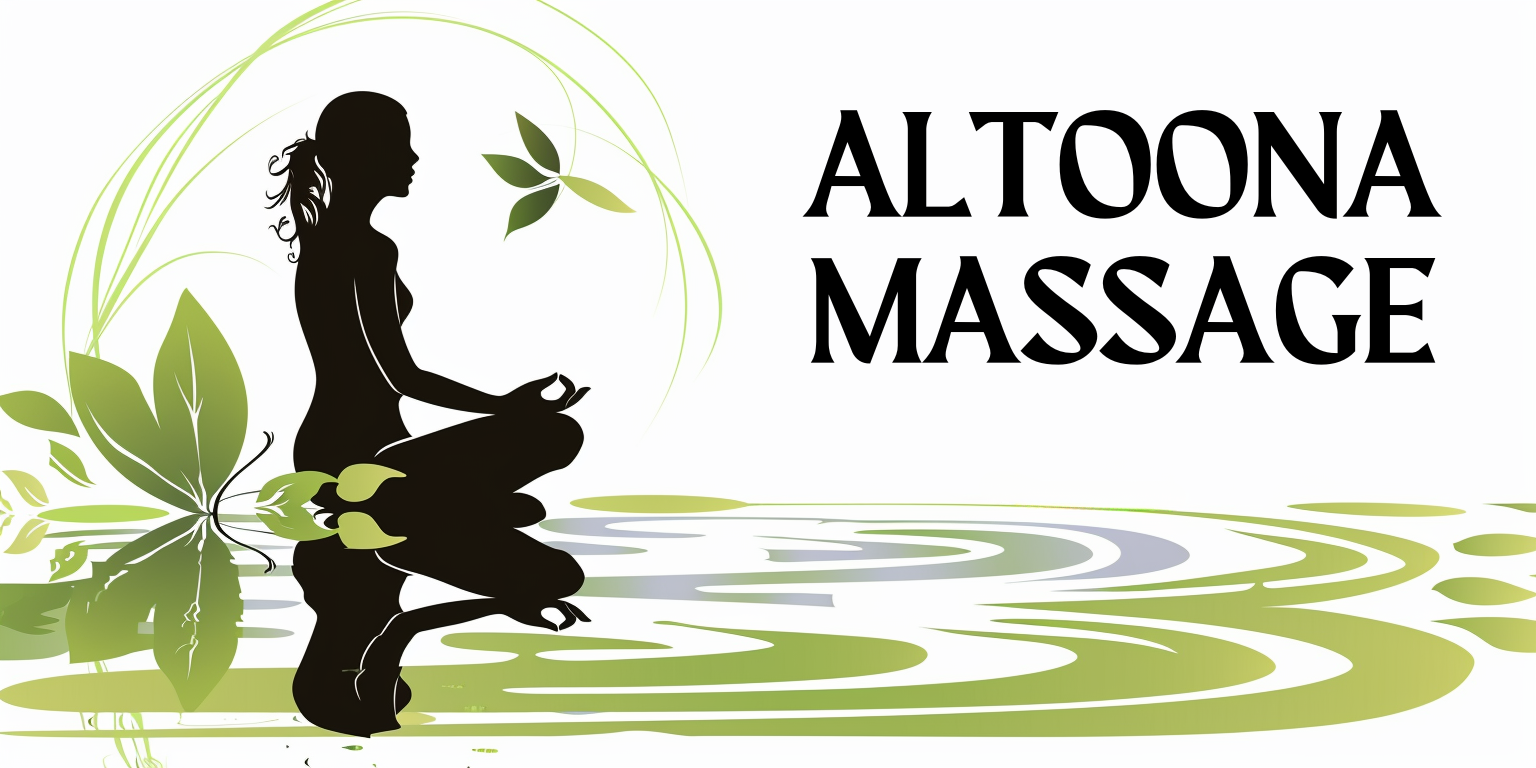Sound therapy is an ancient practice that has gained renewed interest in modern wellness circles. At its core, sound therapy involves using various sound frequencies and vibrations to promote healing and relaxation. You might find yourself drawn to this practice because of its holistic approach, which considers the mind, body, and spirit as interconnected elements.
The sounds used in therapy can range from natural sounds, such as water flowing or birds chirping, to more structured forms like singing bowls, tuning forks, or even recorded music designed for therapeutic purposes. As you delve deeper into sound therapy, you may discover that it is not merely about listening; it’s about experiencing sound in a way that resonates with your being. The vibrations produced by sound can penetrate your body, creating a sense of harmony and balance.
This practice is rooted in the belief that everything in the universe vibrates at a certain frequency, including your own body. When you engage with sound therapy, you may find that it helps to realign your internal frequencies, promoting a sense of well-being and tranquility.
Key Takeaways
- Sound therapy uses sound and vibration to promote relaxation and healing in the body and mind.
- Massage therapy offers a wide range of benefits, including stress reduction, pain relief, and improved circulation.
- Sound and vibration have the power to influence our physical and emotional well-being, promoting relaxation and reducing stress.
- Sound therapy and massage work together to enhance the overall relaxation and healing experience, creating a synergistic effect.
- Techniques such as using singing bowls or tuning forks during a massage can enhance the therapeutic benefits and promote deeper relaxation.
The Benefits of Massage Therapy
Massage therapy is another powerful tool in the realm of holistic health. You may already be familiar with the physical benefits of massage, such as alleviating muscle tension, improving circulation, and enhancing flexibility. However, the benefits extend far beyond the physical realm.
When you receive a massage, your body releases endorphins and oxytocin, hormones that contribute to feelings of happiness and relaxation. This biochemical response can help reduce stress and anxiety, making massage an effective remedy for emotional well-being. Moreover, massage therapy can enhance your overall quality of life.
Regular sessions can improve your sleep patterns, boost your immune system, and even increase your energy levels. As you incorporate massage into your self-care routine, you may notice a significant improvement in your mood and mental clarity. The act of being touched and cared for can foster a sense of connection and belonging, which is essential for emotional health.
By prioritizing massage therapy, you are not only investing in your physical health but also nurturing your emotional and psychological well-being.
The Power of Sound and Vibration

The power of sound and vibration is profound and often underestimated. When you think about it, sound is all around you; it shapes your environment and influences your emotions. You might have experienced how a particular song can uplift your spirits or how the sound of rain can bring you peace.
This phenomenon is rooted in the science of acoustics and the way sound waves interact with matter. When sound waves travel through the air or other mediums, they create vibrations that can affect your body on a cellular level. In sound therapy, specific frequencies are used to target different areas of the body and mind.
For instance, lower frequencies may promote relaxation and grounding, while higher frequencies can stimulate creativity and inspiration. You may find that certain sounds resonate with you more than others, creating a unique experience tailored to your needs. This personalized approach allows you to explore the depths of your own consciousness while fostering a deeper connection with yourself.
How Sound Therapy and Massage Complement Each Other
When combined, sound therapy and massage create a synergistic effect that enhances the benefits of both practices. Imagine lying on a massage table while soothing sounds envelop you; this combination can elevate your experience to new heights. The vibrations from both the massage and the sound work together to create a harmonious environment that promotes deep relaxation and healing.
You may find that the sounds help to quiet your mind, allowing you to fully immerse yourself in the sensations of the massage. Furthermore, the integration of sound therapy into massage sessions can help target specific issues more effectively. For example, if you are experiencing tension in your shoulders, a therapist might use a particular frequency that resonates with that area while applying pressure through massage techniques.
This dual approach not only addresses physical discomfort but also promotes emotional release, allowing you to let go of stress and anxiety more easily.
Techniques for Using Sound Therapy and Massage Together
There are various techniques for integrating sound therapy into your massage sessions, each offering unique benefits. One popular method involves using singing bowls during the massage. As the therapist works on your body, they can gently strike or rub the bowl to produce resonant sounds that fill the room.
You may find that these sounds enhance your relaxation experience by creating a soothing atmosphere that encourages deeper states of consciousness. Another technique involves using tuning forks, which are designed to emit specific frequencies when struck. Your therapist might place these forks on or near areas of tension in your body, allowing the vibrations to penetrate deeply into your muscles and tissues.
This targeted approach can help release blockages and promote healing on both physical and energetic levels. As you explore these techniques, you may discover which methods resonate most with you, allowing for a more personalized experience.
The Science Behind the Relaxation Response

Understanding the science behind the relaxation response can deepen your appreciation for both sound therapy and massage. When you engage in these practices, your body enters a state of relaxation characterized by decreased heart rate, lowered blood pressure, and reduced levels of stress hormones like cortisol. This physiological response is essential for counteracting the effects of chronic stress, which can lead to various health issues if left unchecked.
Research has shown that both sound therapy and massage activate the parasympathetic nervous system—the part of your nervous system responsible for rest and digestion. By stimulating this system, these therapies promote a sense of calm and well-being. You may find it fascinating to learn that even just listening to calming music can trigger this relaxation response in your body.
As you incorporate these practices into your life, you are not only enhancing your mental health but also supporting your physical well-being.
Case Studies and Testimonials
Real-life experiences often provide compelling evidence of the benefits of sound therapy and massage. Many individuals have shared their transformative journeys after incorporating these practices into their lives. For instance, one client reported significant relief from chronic pain after attending regular sessions that combined both therapies.
They described how the combination of soothing sounds and skilled massage techniques allowed them to release long-held tension in their body. Another testimonial highlights how sound therapy helped someone manage anxiety during stressful periods in their life. By incorporating sound baths into their self-care routine alongside regular massages, they found themselves better equipped to handle life’s challenges with grace and resilience.
These stories illustrate how powerful these therapies can be when used together, offering hope and healing to those seeking relief from physical or emotional distress.
Incorporating Sound Therapy and Massage into Your Self-Care Routine
As you consider incorporating sound therapy and massage into your self-care routine, it’s essential to approach it with intention and mindfulness. Start by exploring local wellness centers or practitioners who specialize in these therapies. You might also consider creating a dedicated space at home where you can practice sound therapy on your own—perhaps by investing in singing bowls or tuning forks.
Additionally, setting aside time for regular massages can significantly enhance your overall well-being. Whether you choose to visit a professional therapist or practice self-massage techniques at home, consistency is key. By making these practices a regular part of your life, you will likely notice improvements in both your physical health and emotional resilience over time.
In conclusion, sound therapy and massage are powerful tools for enhancing well-being on multiple levels. By understanding their individual benefits and exploring how they complement each other, you can create a holistic self-care routine that nurtures both body and mind. Embrace this journey towards healing and self-discovery; it may lead you to profound insights about yourself while fostering a deeper connection with the world around you.
FAQs
What is sound therapy?
Sound therapy is a holistic healing technique that uses sound vibrations to promote relaxation, reduce stress, and improve overall well-being. It can involve various instruments such as singing bowls, tuning forks, and gongs, as well as vocal toning and chanting.
What is massage therapy?
Massage therapy is a hands-on technique that involves kneading and manipulating the body’s muscles and soft tissues to promote relaxation, relieve tension, and improve circulation. It can be used to address a variety of physical and mental health issues.
How do sound therapy and massage work together?
When sound therapy and massage are combined, the soothing vibrations and sounds from the instruments can enhance the overall relaxation and stress-relief effects of the massage. The combination can create a deeper sense of relaxation and promote a more profound state of well-being.
What are the benefits of combining sound therapy and massage?
The combination of sound therapy and massage can help to reduce stress and anxiety, promote deep relaxation, improve sleep quality, and enhance overall physical and mental well-being. It can also help to release muscle tension and promote a sense of balance and harmony within the body.
Are there any potential risks or side effects of combining sound therapy and massage?
When performed by trained and qualified practitioners, sound therapy and massage are generally safe and well-tolerated. However, individuals with certain medical conditions or injuries should consult with a healthcare professional before undergoing these therapies to ensure they are appropriate for their specific needs.
